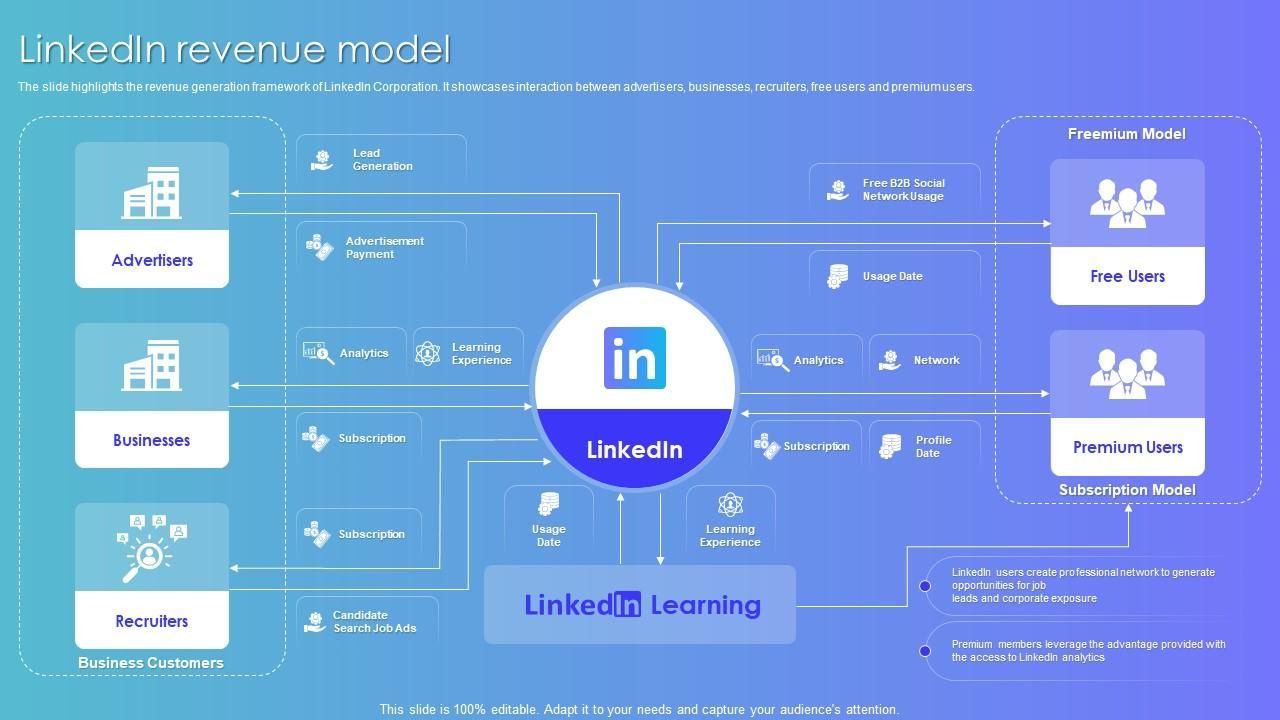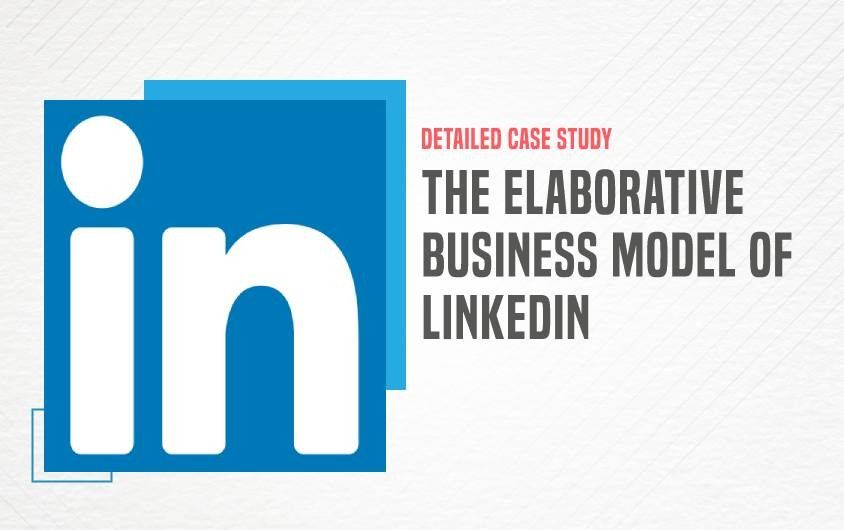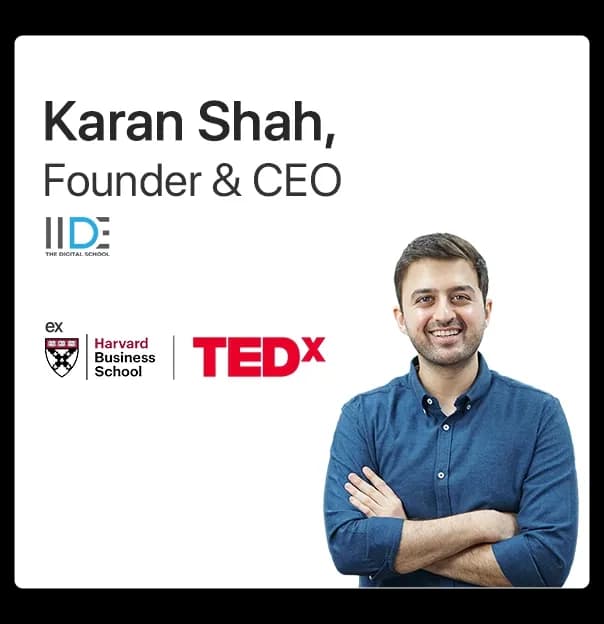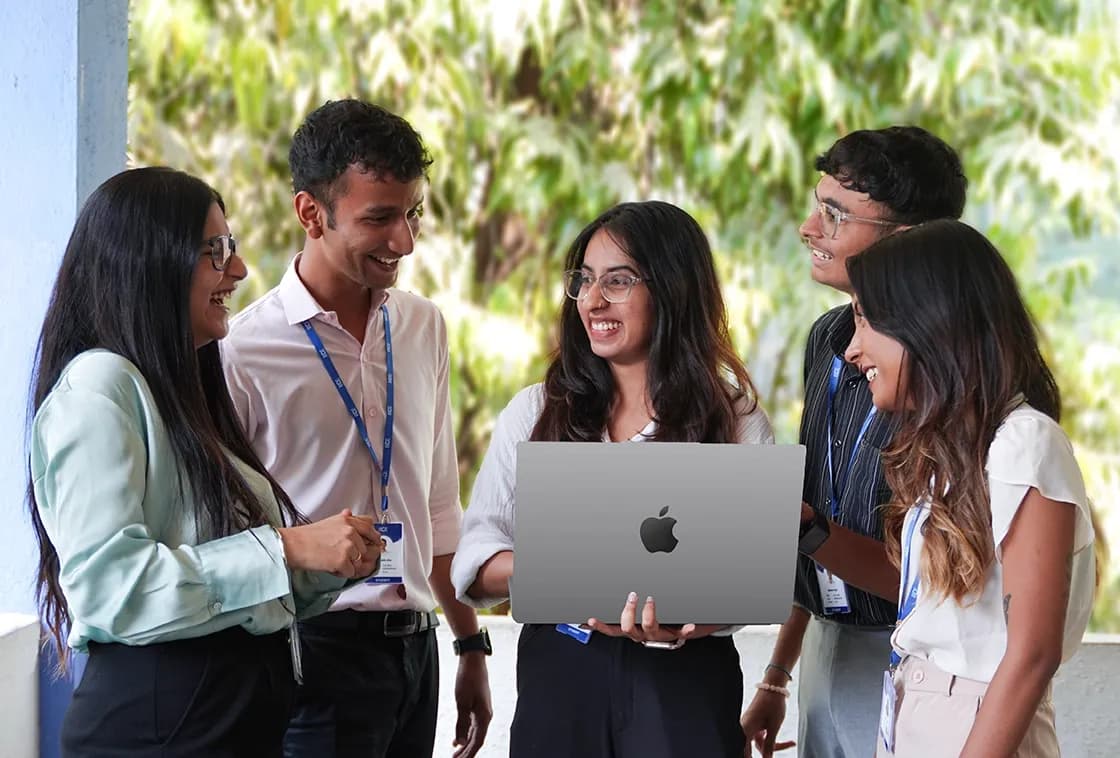About LinkedIn

Source: Google
LinkedIn, founded in December 2002 and launched in May 2003, is the world’s largest professional networking platform. Co-founded by Reid Hoffman and his team in Mountain View, California, LinkedIn’s business model is centred around connecting the world’s professionals to make them more productive and successful.
Over the years, LinkedIn has achieved several milestones, such as going public in 2011 and being acquired by Microsoft in 2016. With over 900 million members in more than 200 countries, LinkedIn continues to innovate in the professional space. Its success is largely driven by LinkedIn’s freemium business model, which offers a range of services from social networking and job searching to content sharing and professional learning.
PS: If you’re curious about LinkedIn’s business model and how they market their services, you’re not alone. Understanding how such companies craft their strategies can be fascinating. So, if you are interested in exploring how LinkedIn and similar companies create their business models, pursuing a post graduate diploma in digital marketing can offer valuable insights and skills.
Business Model of LinkedIn
Are you wondering what LinkedIn’s business model is? LinkedIn operates on a unique structure that differentiates it from most other social networking platforms. While it offers a free basic service that lets users create profiles, connect with professionals, and engage with content, the real revenue comes from several premium services. This approach is a prime example of LinkedIn’s freemium business model, where the basic service is free, but advanced features and services come at a cost.
Here’s how LinkedIn’s freemium business model works – LinkedIn primarily makes money through its Talent Solutions, Marketing Solutions, and Premium Subscriptions. Talent Solutions allow companies to pay for access to LinkedIn’s extensive user database to find and recruit candidates. Marketing Solutions enable businesses to target specific professional demographics with ads, making LinkedIn a valuable tool for B2B marketers.
Premium subscriptions on LinkedIn offer users enhanced features such as advanced search filters, direct messaging to non-connections (InMail), and insights into who viewed their profile. These premium services are integral to LinkedIn’s business model, which also includes a range of free services like basic networking capabilities, profile creation, and job searching. The availability of these free features not only attracts users to the platform but also lays the groundwork for upselling its premium services.
With over 900 million users globally, LinkedIn’s business model is highly lucrative due to its ability to cater to both individual professionals and businesses. The platform’s focus on career development and professional networking ensures a steady stream of revenue as companies and individuals alike are willing to pay for these specialised services.
This multi-faceted approach has positioned LinkedIn as the go-to platform for professional networking, talent acquisition, and B2B marketing, showcasing the effectiveness of LinkedIn’s business model and establishing it as a dominant player in the digital space.
Big companies like LinkedIn are constantly evolving their business model, especially by integrating more marketing elements. As a result, these companies are on the lookout for skilled digital marketing professionals to elevate their campaigns. Many aspiring marketers, eager to work with such industry leaders are turning towards a digital marketing course to kickstart their careers in this exciting field.
The Business Model of LinkedIn: Brand’s Market Share and Analysis
LinkedIn dominates the professional networking space with a significant market share, holding approximately 95% of the industry as of 2023. Thanks to LinkedIn’s business model, it has become synonymous with professional networking, far outpacing competitors like Xing and Viadeo.
With continuous innovation and expansion, LinkedIn remains a key player in the global job market, which is expected to grow annually by 5.5% (Statista, 2023). Microsoft has further solidified its market position, offering enhanced tools for business and enterprise solutions. This is a testament to LinkedIn’s business model, which effectively leverages strategic partnerships and advanced technologies to drive growth and maintain its competitive edge.
Want to understand how these components help a company when it formulates its business model of LinkedIn? Check out our digital marketing certification course to understand this from a marketer’s point of view.
The Business Model of LinkedIn: Product Offerings
As a part of the business model of LinkedIn, it offers a range of products tailored to both individuals and businesses. Key offerings include LinkedIn Premium subscriptions, which provide advanced networking, job search, and learning tools; LinkedIn Talent Solutions, which helps businesses with recruitment; LinkedIn Marketing Solutions, designed for targeted advertising; and LinkedIn Learning, offering professional development courses.
LinkedIn’s freemium business model also allows users to access basic features for free, with the option to upgrade for more advanced functionalities. This diversified product lineup is central to LinkedIn’s revenue model and user engagement strategies.
Curious to learn about how companies like LinkedIn leverage their business model to design campaigns that bring in revenue? Check out our advanced digital marketing course so that you can learn and implement these learnings in real-life scenarios.
LinkedIn’s Target Audience
LinkedIn’s target audience spans across professionals, job seekers, recruiters, marketers, and educators. Primarily, LinkedIn’s business model is centered around catering to individuals aged 25-34, who account for nearly 60% of its user base (Hootsuite, 2023). The platform is also popular among senior executives, with 41% of millionaires using LinkedIn. Its professional demographic includes users from diverse industries, with a significant focus on IT, finance, marketing, and education sectors. LinkedIn’s offerings are designed to appeal to professionals at all career stages, from entry-level to senior executives.
LinkedIn’s freemium business model effectively attracts users by offering essential features for free, while monetizing through premium subscriptions and advertising. This approach supports LinkedIn’s revenue model by encouraging users to upgrade to advanced tools and analytics.
The Business Model of LinkedIn: Funding and Investors
LinkedIn initially raised $4.7 million in Series A funding led by Sequoia Capital in 2003. Over the years, the platform secured additional funding rounds, with key investors including Greylock Partners and Bessemer Venture Partners. In total, LinkedIn raised approximately $154 million before going public in 2011, achieving a market valuation of $4.25 billion. The company’s acquisition by Microsoft in 2016 for $26.2 billion marked one of the most significant tech acquisitions of the decade, providing LinkedIn with additional resources for growth and innovation.
Today businesses all across India, especially the ones operating in Delhi and South Delhi, want to understand the relevance of funding an investment in a company’s business model, how much proportion of it is delegated to marketing, and how are the funds allocated in digital marketing activities. This growing curiosity has encouraged them to search for the keywords (words used to search information over the internet), ‘digital marketing courses in Delhi’ and ‘digital marketing courses in South Delhi’.
Revenue Model of LinkedIn

Source: Google
LinkedIn’s revenue model is primarily based on a blend of premium subscriptions, talent solutions and advertising. As of 2023, the platform generates approximately $14 billion annually, with Talent Solutions accounting for 65% of total revenue. LinkedIn’s Marketing Solutions and Premium Subscriptions contribute 25% and 10% respectively. LinkedIn’s freemium business model encourages users to upgrade for additional features, while businesses benefit from targeted advertising and recruitment tools. The LinkedIn’s freemium business model is pivotal in driving both user engagement and profitability.
If you’re interested in the financial side of business, finance offers many exciting career paths. To explore income opportunities, check out a make money from home free masterclass. This online workshop can reveal remote work options, ignite your entrepreneurial spirit, and help you develop skills for a side hustle.
Marketing Strategy
LinkedIn’s marketing strategy focuses on leveraging content marketing, social proof, and targeted advertising. The platform encourages users to create and share professional content, enhancing engagement and brand visibility. As a part of LinkedIn’s freemium business model, it also utilises personalized email campaigns and product demonstrations to convert free users to premium subscribers. Partnerships with educational institutions and businesses further bolster LinkedIn’s market presence, positioning it as a vital tool for professional development and recruitment.
If you are interested in mastering LinkedIn for personal branding, check out our free LinkedIn Essentials Masterclass and discover how to build a powerful personal brand on the platform.
Value Proposition
LinkedIn’s value proposition lies in its ability to connect professionals globally, providing tools for networking, job searching, learning, and personal branding. LinkedIn’s freemium business model allows users to access essential features for free, with the option to upgrade for more advanced functionalities. LinkedIn’s vast network, combined with its integration of professional development tools, offers unparalleled value to users seeking to advance their careers or grow their businesses.
Operational Model
LinkedIn operates on a SaaS (Software as a Service) model, offering cloud-based services that are scalable and accessible globally. The platform’s infrastructure supports millions of users, with data centers strategically located worldwide to ensure reliability and speed. LinkedIn’s operational efficiency is driven by continuous technological advancements and a robust backend system that handles billions of data points daily.
Would you like to research about the business model of other well-known brands? Check out our digital marketing case studies now!
The Business Model of LinkedIn: Strategic Alliances and Partnerships
A key aspect of LinkedIn’s business model is to partner with various organisations to enhance its offerings. Notable partnerships include collaborations with Microsoft for integrating LinkedIn with Office 365 and Dynamics 365, as well as with educational institutions for LinkedIn Learning. These alliances allow LinkedIn to offer a more comprehensive suite of services to its users, further strengthening its position in the market.
The Business Model of LinkedIn: Technological Innovations
LinkedIn continually invests in technological innovations to enhance user experience and stay ahead of competitors, which is a core aspect of LinkedIn’s business model. The platform utilises AI and machine learning to personalise content, recommend connections, and improve job matching. LinkedIn’s algorithm also prioritizes relevant content, ensuring users engage with material that aligns with their professional interests. Additionally, the platform has integrated blockchain technology for improved data security and verification processes.
As a part of LinkedIn’s business model, it has introduced several innovations in recent years that further solidify its position in the market. One of the key innovations is the AI-powered skills assessment tool. This tool allows users to validate their skills through quizzes, helping employers to identify suitable candidates more effectively. This feature is a critical component of LinkedIn’s revenue model, as it enhances the credibility of premium profiles.
Another recent development is the LinkedIn Learning Hub, which leverages AI and machine learning to deliver personalized learning paths. This integration not only improves user experience but also supports LinkedIn’s freemium business model by offering free and premium learning content. LinkedIn has also introduced Creator Mode, designed to amplify the reach of content creators by prioritizing relevant updates.

Source: Google
These innovations not only complement LinkedIn’s freemium business model but also highlight how the business model of LinkedIn is geared towards adding value through personalised experiences. These continuous advancements keep LinkedIn’s business model future-ready and competitive.
Corporate Social Responsibility (CSR)
LinkedIn is committed to various CSR initiatives, focusing on economic opportunity, education, and diversity. The platform’s LinkedIn for Good program aims to connect underserved communities with job opportunities and professional development resources. LinkedIn also supports educational programmes and partners with non-profits to promote social change. These efforts reflect LinkedIn’s mission to create economic opportunities for every member of the global workforce.
Do you find this article insightful? Check out our digital marketing blogs now!
LinkedIn’s Top Competitors
- Xing: A professional networking platform widely used in German-speaking countries It offers features similar to LinkedIn and focuses on job opportunities and business networking.
- Viadeo: Once a strong competitor in the European market, Viadeo offers networking services but has struggled to maintain market share against LinkedIn.
- Indeed: Although Indeed is mainly a job search engine, it competes with LinkedIn in the recruitment space, offering an extensive database of job listings and company reviews to its users.
- Glassdoor: Known for company reviews and salary insights, Glassdoor competes with LinkedIn by providing transparency in the job market, appealing to both job seekers and employers.
- Monster: One of the oldest job search platforms, Monster competes with LinkedIn by offering job listings, career advice, and resume-building tools.
Learn From Asia’s #1
Digital Marketing Institute
AI-Based Curriculum
Dive in to the future with the latest AI tools
Placement at top brands and agencies












